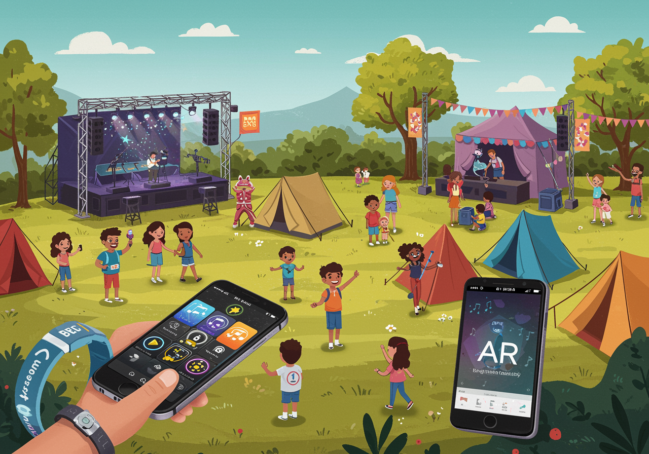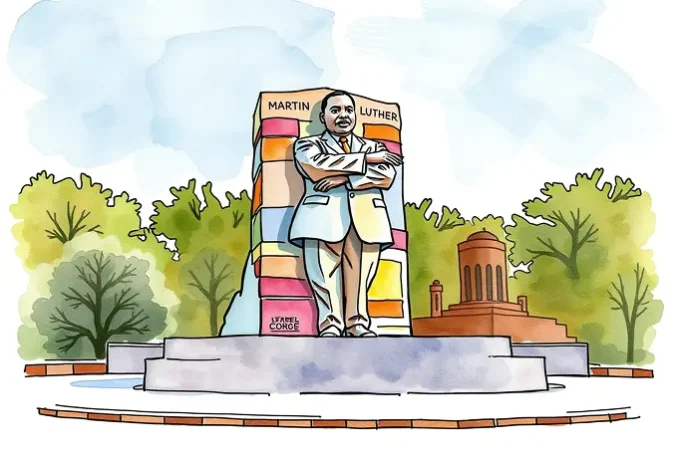What is Choice Theory? Developed by psychiatrist William Glasser, Choice Theory states we are motivated by a never-ending quest to satisfy the following 5 basic needs woven into our genes: to love and belong, to be powerful, to be free, to have fun and to survive.
Behavior is Chosen
Choice theory contends that we are internally motivated, not externally motivated by rewards and punishment.
Originally called “control theory,” Glasser switched to “choice theory” in 1996 to emphasize that virtually all behavior is chosen .
Choice Theory: What Motivates Us?
Choice theory represents an alternative to behaviorism and other external control psychologies.
Rather than seeing people as “shaped” by rewards and punishment, Choice Theory suggests that we always have some capacity to make choices and exercise control in our lives.
Choice Theory teaches that we are always motivated by what we want at that moment. It emphasizes the importance of building and maintaining positive relationships with others to create a shared vision. People who develop shared “quality world pictures” are motivated to pursue common goals and are more likely to work collaboratively.
Choice Theory Summary
A basic understanding of Choice Theory requires some knowledge of the following 5 key concepts:
1. Basic Needs
2. The Quality World
3. Reality & Perception
4. Comparing Place
5. Total Behavior
Choice Theory: The Basic Needs
All people are born with 5 basic needs:
1. to love & belong
2. to be powerful
3. to be free
4. to have fun
5. to survive
All behavior is purposeful, motivated by our incessant desire to satisfy the basic needs woven into our genes.
The strength of each need varies from person to person.
For example, some are more driven by the social need to love and belong while others are more driven by the need to be free and autonomous.
1. Choice Theory: The Quality World
Each of us develops a unique Quality World, the source of all motivation.
Whereas the Basic Needs represent “nature,” The Quality World represents “nurture.” As we live our lives and interact with others, we each build this unique Quality World that includes the people, activities, values, and beliefs that are most important to us as individuals.
Everything we place in our Quality World is need satisfying.
Examples:
- I love these people.
- I feel a sense of power when I am singing on stage.
- I have fun when I am playing outside with my children.
Throughout our lives, we add and delete “pictures” from our Quality World. Some people develop Quality World pictures that are unhealthy and irresponsible.
Examples:
- Think of people who only feel a sense of power or freedom when drinking alcohol or taking other drugs.
- Think of people who have fun when hurting others physically or emotionally.
Choice Theory suggests that parents, educators, and the community at large can promote environments that encourage others to develop Quality World pictures that let them satisfy their needs responsibly.
2. Choice Theory: Reality & Perception
Even though we all live in the Real World, Choice Theory contends that what matters is our perception of reality.
We behave based on what we perceive to be real, whether we are right or wrong.
Choice Theory states that information passes through three distinct filters as we create our perception of reality:
1. the sensory filter
2. the knowledge filter
3. the value filter
Because of these filters, two or more people may witness the same event or participate in the same activity and develop radically different perceptions.
Examples:
- We may all agree that Barack Obama is president of the United States, but there are multiple perceptions about how “good” or bad” a president he is.
- Talk to a couple of Red Sox and Yankee fans and you’ll quickly understand that the same “real world” is perceived very differently because of their value filters.
3. Choice Theory: The Comparing Place
Our brain continually compares two images:
1. our perception of reality
2. our Quality World picture of what we want at that moment
The purpose of all behavior is to create a match between what we perceive and what we want.
When there is a match, we will maintain the behaviors we have chosen. When there is enough of a mismatch to cause internal discomfort, we automatically search for new behaviors that will create the match we seek.
Examples:
- A classroom teacher looks around the room and notices that the students are actively involved in the activity she has asked them to do. She gets a positive internal signal and continues her current teaching strategies
- A parent notices that their child is behaving poorly at home and in school. The mismatch between what the parent wants and what they perceive leads them to try new strategies designed to help the child behave more responsibly.
4. Choice Theory: Total Behavior
All behavior has four components:
1. acting
2. thinking
3. feeling
4. physiology
When we change any one component of behavior, the other components change as well.
The two easiest components to control directly are acting and thinking. It is virtually impossible to change your feelings or physiology directly.
Examples:
- Imagine you could feel less sad or depressed just because you wanted to.
- Imagine a student who is agitated and frustrated and could just calm down because he wanted to.
Since all four components work in concert, however, we have much more control over our feelings and physiology than we realize. By choosing to act and/or think differently, our feelings and physiology automatically change.
Practitioners of Choice Theory help people choose responsible actions and thoughts that lead them to feel better and positively impact their physiology.
HOW CHOICE THEORY IMPACTS LEARNING
When Choice Theory is applied in the classroom, as it has been in schools across the world, it has a significant impact on how instruction is delivered.
The Teacher As Manager
The role of the teacher/manager is to help students see that working hard and doing what the teacher asks is worth the effort and will add quality to their lives. This is achieved by developing positive relationships with students and providing active, relevant learning experiences where students can demonstrate success.
Effective teacher/managers create shared Quality World pictures with their students so students are motivated to learn what the teacher wants to teach.
The Needs-Satisfying Classroom
When creating lessons, teachers who practice Choice Theory ensure that students can satisfy their needs by doing what the teacher asks them to do.
Learning increases and disruption diminishes when students know that they are able to connect, feel a sense of competence and power, have some freedom, and enjoy themselves in a safe, secure environment. (Chapter 10 of The Motivated Student: Unlocking the Enthusiasm for Learning offers a specific strategy that helps teachers plan lessons with their students’ needs in mind)
Common Characteristics
Classrooms and schools that apply Choice Theory share the following 3 characteristics:
1. Coercion is minimized. Rather than trying to “make” students behave by using rewards and punishments, teachers build positive relationships with their students, managing them without coercion. Coercion never inspires quality.
2. Focus on quality. Teachers expect mastery of concepts and encourage students to re-take tests and continue to work on assignments until they have demonstrated competence or quality. The emphasis is on deep learning demonstrated through the ability to apply what has been learned.
3. Self-evaluation. Self-evaluation is a cornerstone of Choice Theory. Given helpful information (rubrics, models, exemplars, etc.) students take on greater ownership of their learning by evaluating their own performance routinely. Encouraging students to self-evaluate promotes responsibility and helps students pursue goals and become skilled decision-makers because they are more actively involved in their education.




